Lab tests show that a novel material based on n organic porphyrin molecule allows batteries to be charged within one single minute.
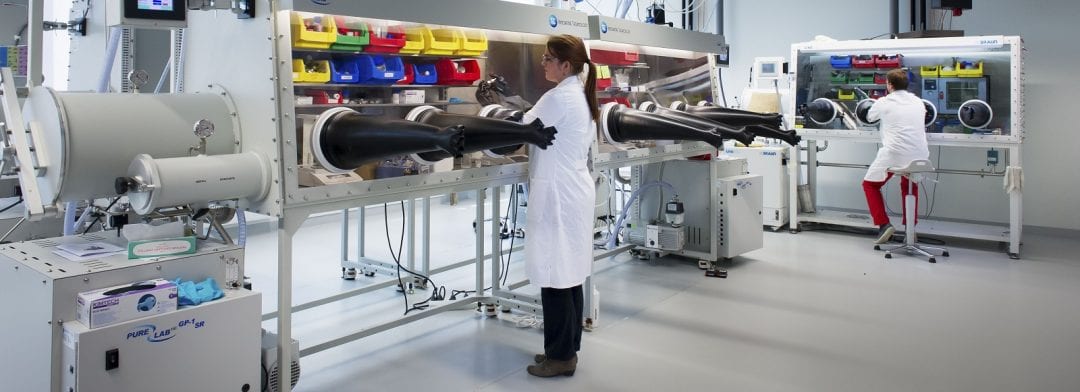

Lab tests show that a novel material based on n organic porphyrin molecule allows batteries to be charged within one single minute.

Highly efficient, red-emissive carbon quantum dots (R-CQDs) with a quantum yield of 53% are prepared and a CQD-phosphors-based warm white-light-emitting diode (WLED) is realized for the first time.
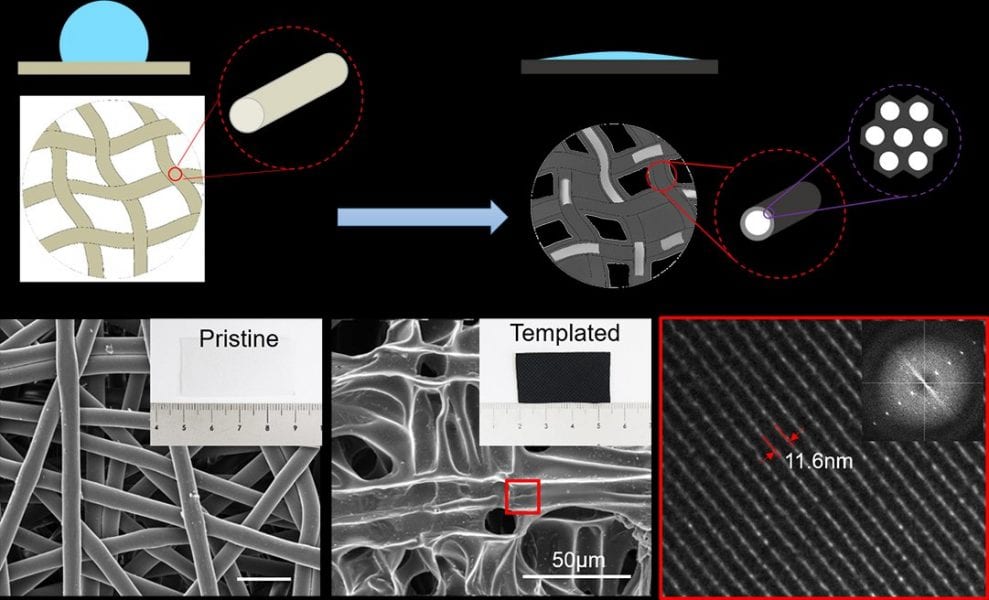
Functional porous carbon fabrics were presented with hierarchically porous structures of meso-pores in nanoscale nesting on fiber networks with cylindrical pores in micrometer scale.
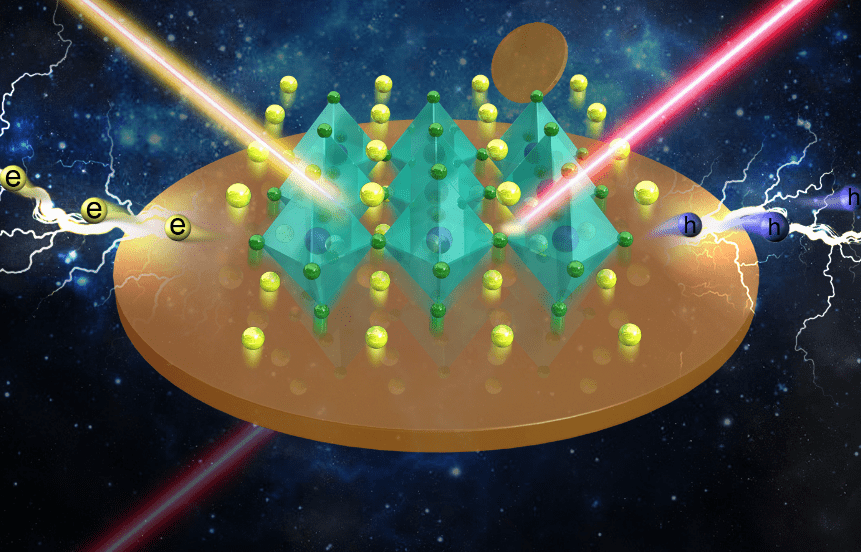
The month’s top articles from the field of nanooptics, optoelectronics, metamaterials, optical devices, detectors & sensors, micro/nano resonators and more.
It is important to understand when and how the hindbrain segmentation program evolved. Recent studies have shed some light.
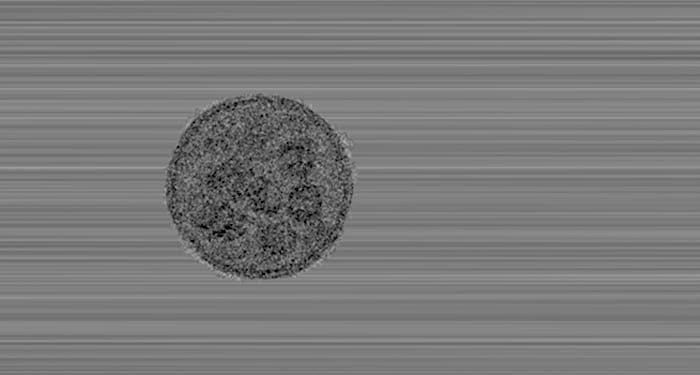
A cryo-transmission electron micrograph of a new gene delivery system called exo-AAV. The adeno-associated virus vector (AAV) is packaged within a lipid bubble called an exosome. Multiple AAV vectors can be observed as dark structures inside the larger spherical exosome structure.

This month’s top Advanced Healthcare Materials papers.
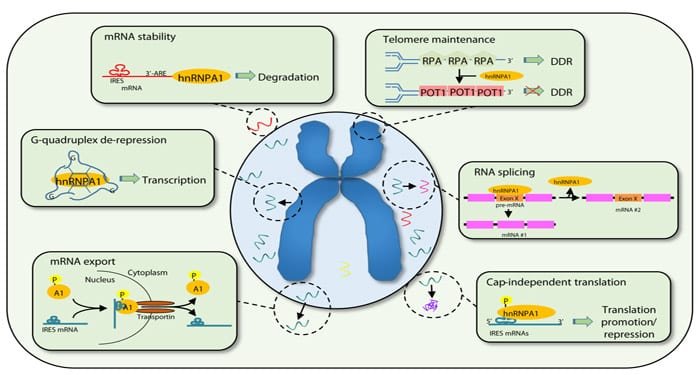
hnRNPA1 is involved in multiple biological processes within the cell nucleus and cytoplasm.

Professor Yingfang Ao from Peking University Third Hospital, Haifeng Chen from Peking University, and colleagues use 3D printing to generate a silk fibroin/gelatin scaffold for knee cartilage regeneration.

Purified porcine gastric mucins are a promising tool to fight ocular dryness among contact lens wearers when used as a solution for cornea lubrication or as a molecular layer for contact lens coating.